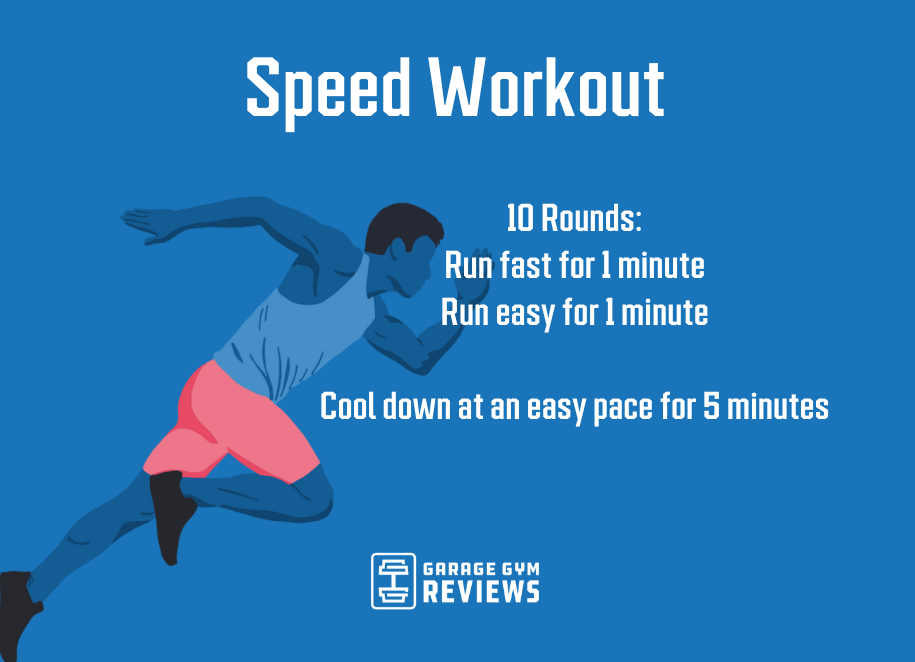Turbocharge Your Runs: Open Your Prospective with Strategic Running Workouts
Wiki Article
Managing Common Running Pains: Causes, Solutions, and Prevention
As joggers, we often experience different discomforts that can prevent our efficiency and satisfaction of this exercise. From the debilitating discomfort of shin splints to the bothersome IT band disorder, these usual operating discomforts can be frustrating and demotivating. Understanding the causes behind these ailments is essential in successfully resolving them. By checking out the origin reasons for these running pains, we can uncover targeted services and precautionary actions to make sure a smoother and extra fulfilling running experience (read more).Usual Running Discomfort: Shin Splints
Shin splints, an usual running discomfort, usually arise from overuse or inappropriate shoes throughout physical activity. This condition, medically referred to as median tibial stress and anxiety disorder, shows up as discomfort along the inner edge of the shinbone (tibia) and prevails amongst professional athletes and runners. The repeated stress on the shinbone and the tissues attaching the muscles to the bone brings about swelling and pain. Runners that swiftly boost the intensity or period of their workouts, or those who have level feet or inappropriate running methods, are particularly susceptible to shin splints.To stop shin splints, people need to progressively increase the intensity of their workouts, wear appropriate footwear with proper arch support, and preserve versatility and stamina in the muscle mass bordering the shin (running strategy). Furthermore, integrating low-impact activities like swimming or cycling can assist keep cardio physical fitness while enabling the shins to heal.
Typical Running Pain: IT Band Syndrome
Along with shin splints, another widespread running pain that professional athletes typically come across is IT Band Syndrome, a condition brought on by swelling of the iliotibial band that leaves the external thigh and knee. IT Band Syndrome generally materializes as discomfort on the exterior of the knee, specifically during tasks like running or biking. The iliotibial band is a thick band of fascia that connects the hip to the shin, and when it ends up being irritated or limited, it can scrub against the upper leg bone, leading to pain and pain.Runners experiencing IT Band Disorder might discover a painful or hurting sensation on the external knee, which can worsen with continued task. Elements such as overuse, muscular tissue imbalances, inappropriate running form, or inadequate workout can add to the development of this condition.
Typical Running Discomfort: Plantar Fasciitis

Plantar Fasciitis can be connected to various elements such as overtraining, incorrect footwear, operating on tough surface areas, or having high arcs or level feet. To protect against and alleviate Plantar Fasciitis, joggers can integrate extending exercises for the calves and plantar fascia, put on encouraging footwear, maintain a healthy and balanced weight to decrease strain on the feet, and slowly enhance running intensity to stay clear of unexpected anxiety on the plantar fascia. If signs and symptoms linger, it is advised to get in touch with a medical care specialist for correct medical diagnosis and treatment options to address the condition efficiently.
Common Running Discomfort: Jogger's Knee
After dealing with the obstacles of Plantar Fasciitis, another common concern that joggers frequently encounter is Jogger's Knee, a common running discomfort that can prevent athletic performance and trigger pain during physical activity. Runner's Knee, likewise recognized as patellofemoral pain syndrome, shows up as pain around or behind the kneecap. Joggers experiencing this discomfort may really feel a dull, hurting pain while running, going up or down stairways, or after extended periods of resting.Typical Running Pain: Achilles Tendonitis
Generally affecting joggers, Achilles Tendonitis is an agonizing condition that affects the Achilles tendon, triggering pain and prospective constraints in exercise. The Achilles tendon is a thick band of tissue that attaches the calf bone muscles to the heel bone, important for activities like running, jumping, and walking - great post to read. Achilles Tendonitis often establishes because of overuse, inappropriate shoes, inadequate stretching, or unexpected rises in physical taskSymptoms of Achilles Tendonitis consist of discomfort and tightness along the tendon, especially in the early morning or after periods of inactivity, swelling that worsens with activity, and perhaps bone stimulates in chronic cases. To protect against Achilles Tendonitis, it is crucial to stretch correctly in the past and after running, use suitable footwear with correct assistance, gradually raise the strength of exercise, and cross-train to lower repeated tension on the ligament.
Final Thought

Report this wiki page